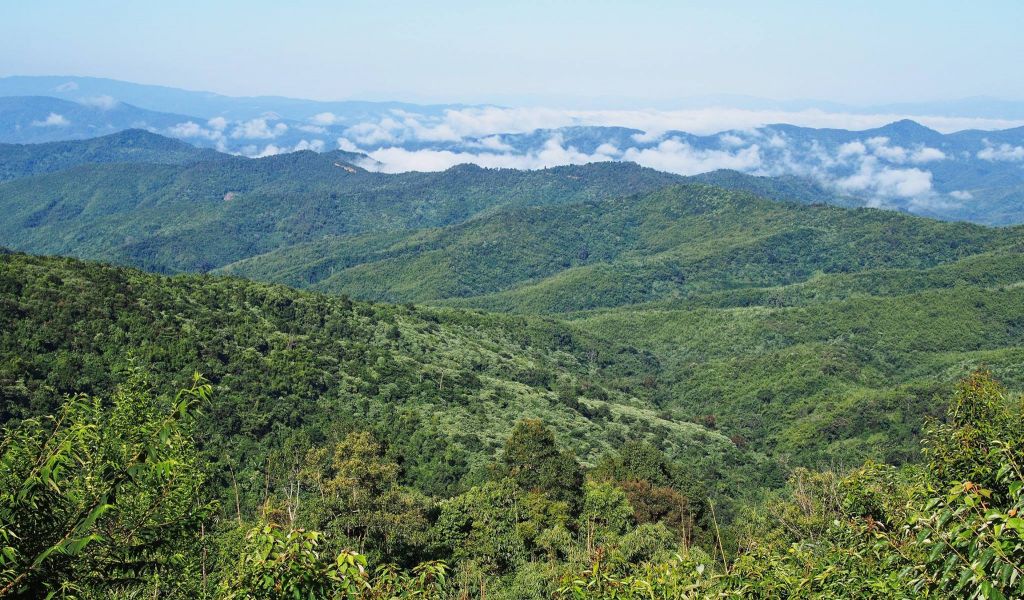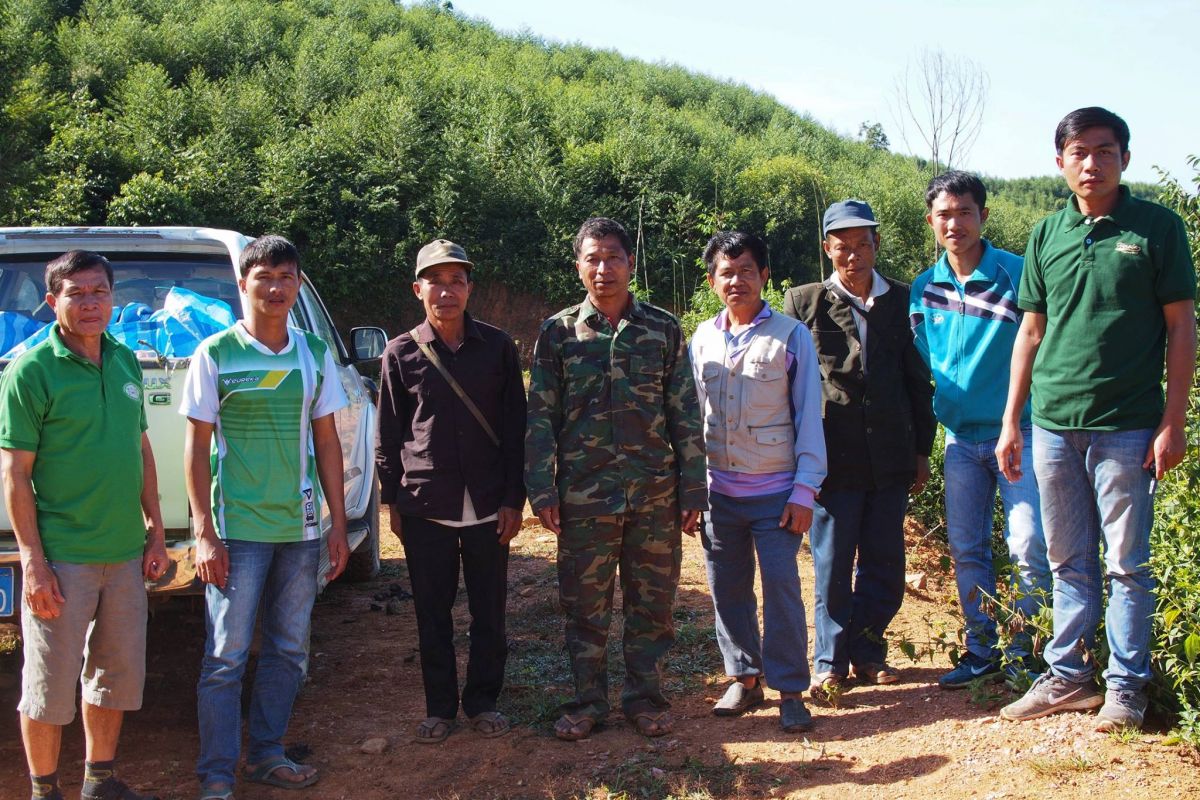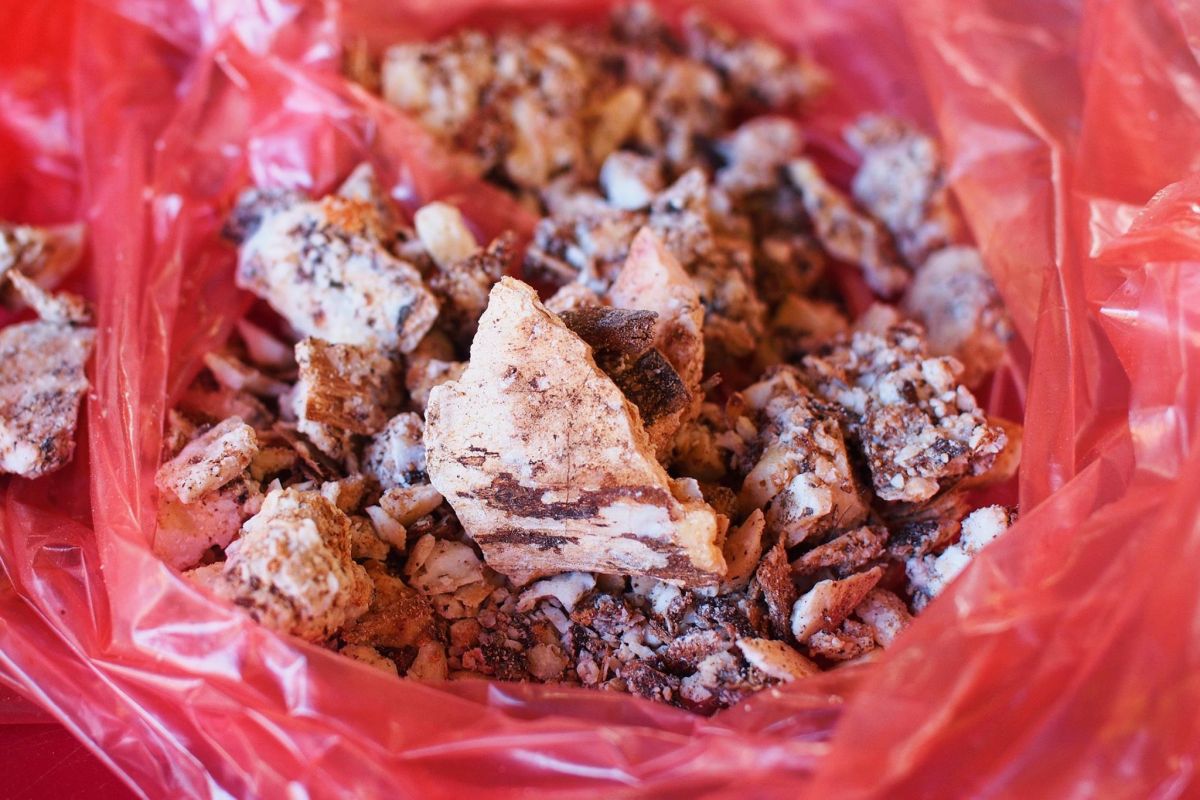The Lush Life

Did you know that Benzoin oil (Yarn) is a highly sought after natural product from Lao? Many of the big cosmetic firms in Europe are looking for sustainable supplies of Benzoin in order to use in facial and hand creams. Benzoin from Laos dominates approximately 70 percent of the market in France.
For instance, the Lush Company purchases its stock of Benzoin from Laos and discussed with stakeholder how to sustainably source.
Laos is one of the few countries in the world where Benzoin is still produced naturally. Stryrax tonkinensis (Lao Benzoin or, locally, yarn), found only in Laos and Vietnam (of the botanical Family Styracaceae, and closely related to species found throughout Southeast Asia, Asia Minor and South America), produces a resin that has been used in and exported from Indochina since the 16th century during the reign of King Soulinhavongsa of the Lanxang Kingdom. Yarn is known to have a number of uses – here are a 11 important uses of Yarn.
Benzoin is not found in all areas of Laos but only produced in high mountainous. In one study it was estimated there are at least 184 producing villages across the three provinces of Houaphan, Luang Prabang and Phongsaly, involving 3,285 families (or approximately 19,700 individuals) and 5,307 ha currently under production.*
Benzoin production has a long historical association with the ethnic Kh’hmu, who cultivate around 90 percent of all Styrax. For many Kh’hmu communities, benzoin production is an integral element in traditional practices and beliefs, highly-adapted to remote areas. By providing a product that has a low volume-to-value ratio, a long shelf-life, and a strong market demand.
How is yarn produced?
Yarn is a unique species that does not grow naturally in the forest but rather grows in upland rice fallows. Yarn is self-generated within rice fields and managed fallows along with other NTFPs that together comprise the complex food production systems of Laos’s shifting cultivation landscapes.
While most cultivated trees occur naturally, emerging from seeds and rootstocks within newly-cleared fields, some farmers facilitate and systematize the silviculture of benzoin through facilitated planting. Initial planting and clearing is done before upland rice planting season so the root stock grows concurrently with the rice in the initial year. Over the subsequent years, farmers produce rice while managing the emerging Styrax seedlings.
Yarn does not grow alone. Rice and other indigenous species and cultivars such as broom grass (Thysanolaena latifolia) are commonly intercropped with the growing Styrax trees through year two, after which time canopy closure precludes rice cultivation. Shade tolerant cultivars and NTFPs such as galangal (Alpinia spp.), mushrooms (Russula spp., Lentinus spp., Termitomyces spp., etc.), cardamom (Amomum villosum), and bamboo (Bambusa spp., Indosasa spp., Phyllostachys spp. etc.) continue to be grown within the maturing Styrax stands.
Tapping and harvesting

Lao harversters of Yarn are considered to be the best in the world. Historically, benzoin producers generally began tapping Styrax trees when they were about 8 years old when the bark was thick enough to produce a larger volume of high-quality resin, while also ensuring the longevity of the tree. Producers would continue to tap until the tree died, normally sometime after the fifteenth year, though some trees would continue to provide resin until after their twentieth year. Ideally, tapping begins between May and June, when the tree is in flower and there is a higher volume of resin.
Tapped trees are left for some months, allowing the resin to collect and dry at each tap position. The main harvesting period was in November to April, outside of the rice season when labour is available. The most intensive month of harvesting was in December following the rice harvest, with resin harvesting carried out until as late as April. During the harvesting of the resin, farmers use a knife or other sharp tool to cut off the bark and carefully pick off the resin from the tapped trees. If the tapping portions are too high for picking, farmers will use the rope and step, as used during the period of tapping. The resin is kept in baskets until sold to traders.

While it was observed that tree mortality rates increased considerably following 15 years of age, many trees survived more than 20 years. However, the main constraint on the tapping age of trees was the length of the shifting cultivation cycle, with most farmers clearing and burning their Styrax stands at relatively young ages (a point we return to below).
Yarn production in the future?
Yarn production is dependent on upland shifting cultivation but this type of land use is under threat both from modernization of agriculture and policies which promote stabilization of shifting cultivation. One way to ensure the continuing harvest of Benzoin would be to consider it a long-term agroforestry crop like rubber. Long-term fallows could be seen as a sustainable option under a village forestry arrangement which enhances forest cover during the long return interval of mature tree stand management and tapping, and also create space for the return of long-fallow rice production, together with the numerous environmental and social benefits that accompany them.
Looking for such innovations in management will ensure that Lao Forests maintain their rich ecological diversity as well as continue to be the predominate aromatic resin in the salone’s of Europe!
* Note:
This article is based on a forthcoming chapter:
Negotiating the forest-fallow interface: Benzoin tree in the multifunctional shifting cultivation landscapes of Lao PDR, Vongkhamho, S. and M. Ingalls - In “Farmer Innovations and Best Practices by Shifting Cultivators in Asia-Pacific” (forthcoming)
